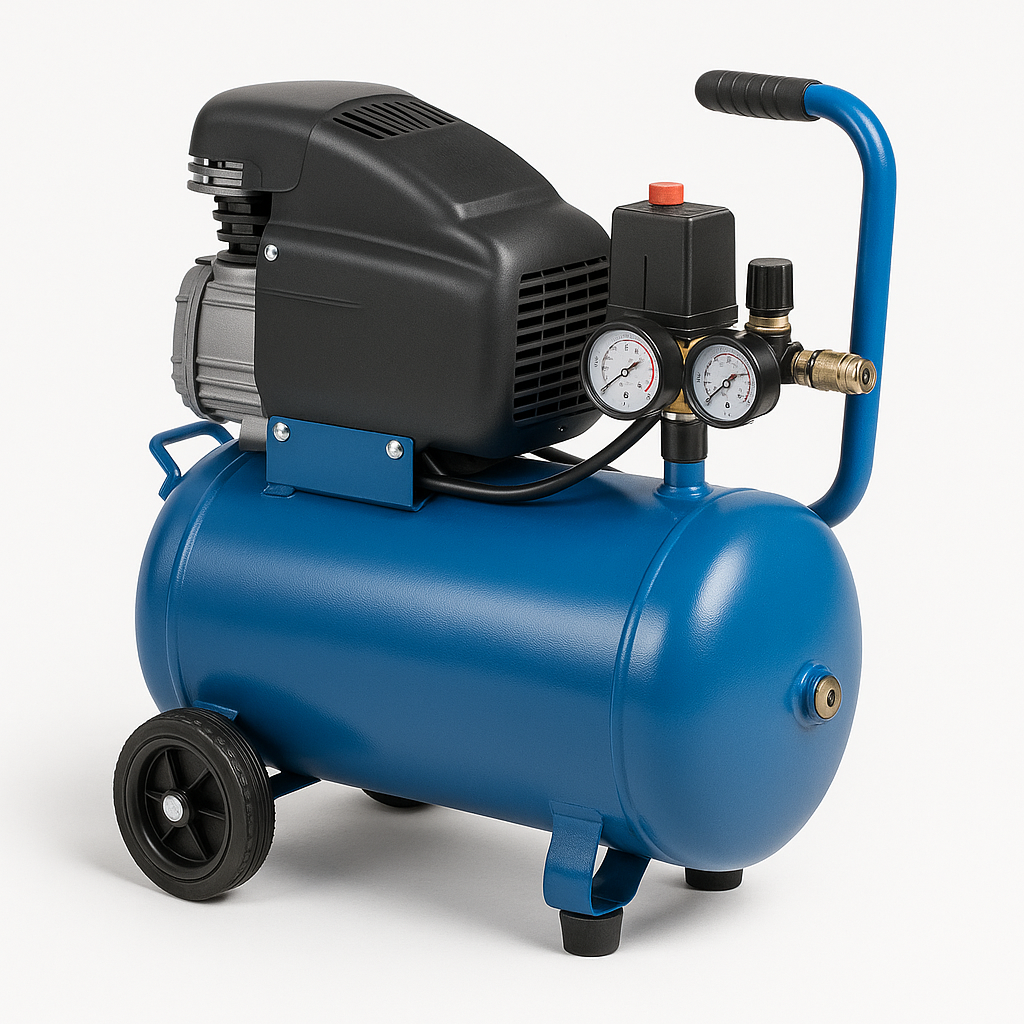10 No-Fuss Methods For Figuring Out Your Buy A Belt Sander

The Ultimate Guide to Buying a Belt Sander
When it concerns woodworking and DIY tasks, having the right tools can significantly affect the quality and efficiency of the work. One indispensable tool in the toolbox of any woodworker or DIY enthusiast is the belt sander. Whether you're smoothing rough edges, removing material, or preparing surfaces for completing, a belt sander can make the task a lot easier and quicker. This guide will explore the vital functions to consider when purchasing a belt sander, together with a comparison of some popular designs and responses to regularly asked concerns.
What is a Belt Sander?
A belt sander is a power tool that uses a constant loop of sandpaper to grind down or smooth out surfaces. Its flexibility makes it ideal for a range of applications, from sanding large surface areas like tabletops to refining edges on detailed pieces. Belt sanders are available in different sizes and power rankings, enabling users to pick a model that finest matches their needs.
Key Features to Consider
When acquiring a belt sander, several features need to be examined to guarantee you make an informed choice. The following table summarizes these important functions:
| Feature | Description |
|---|---|
| Belt Size | The width and length of the sandpaper belt (typical sizes: 3x21, 4x24). |
| Motor Power | The power of the motor, typically determined in amps (greater amps typically mean more power). |
| Variable Speed Settings | The option to change the speed of the belt for different materials and applications. |
| Dust Collection System | An integrated mechanism to decrease dust and particles for cleaner offices. |
| Weight and Portability | The sander's weight can impact ease of usage and maneuverability. |
| Relieve of Belt Replacement | Features that assist in fast changes between various sandpaper grits. |
Picking the Right Size and Power
- Belt Size: The most common belt sizes are 3x21 inches and 4x24 inches. Smaller sized belts are much easier to control but may take longer for big jobs.
- Motor Power: Depending on the product you will be sanding, motor power might range from about 6 to 12 amps. Higher amps imply much better performance on tougher products.
Additional Features to Enhance Experience
- Variable Speed Settings: Having adjustable speed settings enables greater flexibility in sanding different surface areas, which is especially beneficial for delicate applications.
- Dust Collection System: An excellent dust collection system not just keeps the work space clear however likewise enhances visibility and decreases health threats related to inhaling dust.
- Weight: Heavier designs may provide more stability, while lighter designs might be much easier to transport and use for extended durations.
Leading Belt Sanders on the marketplace
To assist you in your decision-making procedure, we have actually compiled a list of a few of the very best belt sanders offered in the market, together with their essential specifications.
| Model | Power (Amps) | Belt Size (inches) | Speed (ft/min) | Dust Collection | Price (Approx.) |
|---|---|---|---|---|---|
| DeWalt DWE6391K | 8.0 | 3 x 21 | 1,640 | Yes | ₤ 199 |
| Makita 9403 | 11.0 | 4 x 24 | 1,640 | Yes | ₤ 249 |
| Bosch 1274DVS | 7.5 | 3 x 21 | 1,350 - 1,550 | Yes | ₤ 169 |
| Porter-Cable 371K | 8.0 | 3 x 21 | 1,640 | Yes | ₤ 113 |
| Ryobi RS290 | 6.0 | 2 x 18 | 1,450 | No | ₤ 63 |
Aspects to Consider When Choosing
- Job Requirements: Determine whether you'll be doing large surface area work or comprehensive jobs. This can influence the option between a smaller or larger belt sander.
- Budget plan: Plan your budget plan accordingly. Higher-end designs typically come with more powerful motors and functions but are also more costly.
- Brand Reputation: Consider brand names with favorable reviews for durability and customer support, which can conserve you time and frustration in the long run.
Tips for Using a Belt Sander
- Start with Rough Grit: Begin with a coarser grit sandpaper before transferring to a finer grit for a smooth finish.
- Keep the Sander Moving: Avoid remaining in one location for too long, as this can create uneven surfaces or gouges.
- Usage Dust Collection: If your sander has a dust collection system, utilize it to preserve a tidy workplace.
Often Asked Questions
1. What is the function of a belt sander?
A belt sander is mainly utilized for sanding and smoothing wood surface areas, eliminating material, and preparing surfaces for ending up.
2. Can a belt sander be used on metal?
Yes, belt sanders can be used on metal, however it's important to select the best sandpaper grit and beware to avoid overheating the product.
3. How often should I alter the sandpaper?
Change the sandpaper when it palls or blocked, as this will assist preserve efficient sanding performance.
4. Can I utilize a belt sander for completing work?
While a belt sander is excellent for initial product removal, it's not the finest option for great ending up. Myntek to an orbital sander or ending up sander for finest outcomes.
5. What should I search for in a dust collection system?
Search for a system with an efficient style that features bags or ports for simple accessory to vacuum systems, which helps in reducing the dust mess.
In summary, a belt sander is an important tool for woodworkers and DIY lovers alike. Understanding crucial features, comparing popular models, and thinking about individual needs will allow you to choose the perfect belt sander for your tasks. Keep in mind, the ideal tool can make a world of difference in ensuring you attain premium and efficient results. Delighted sanding!

